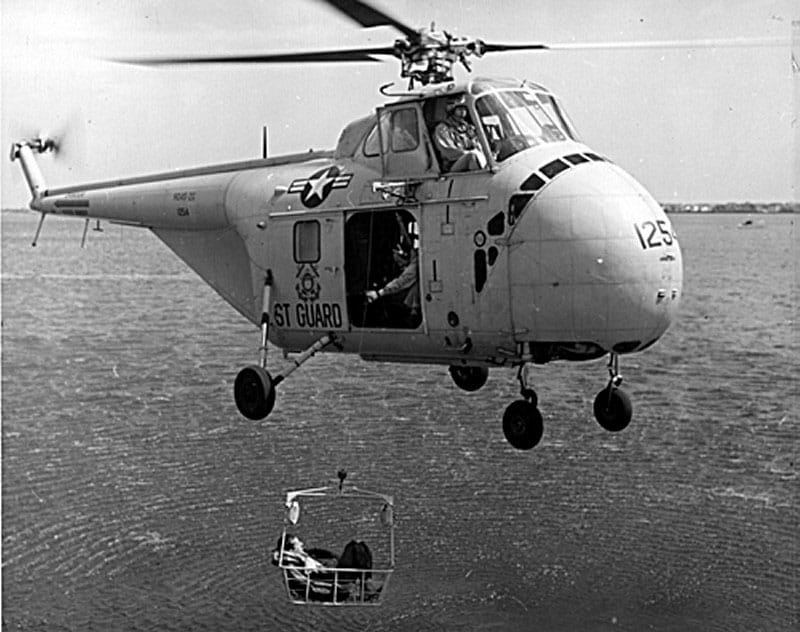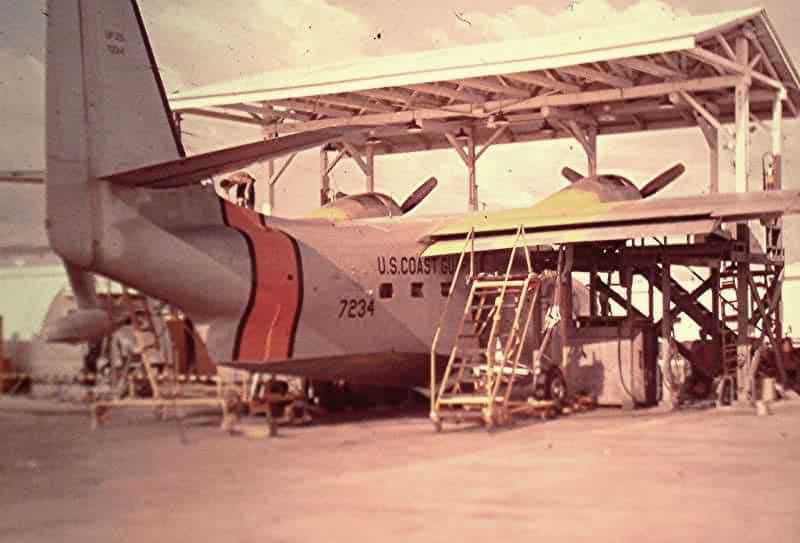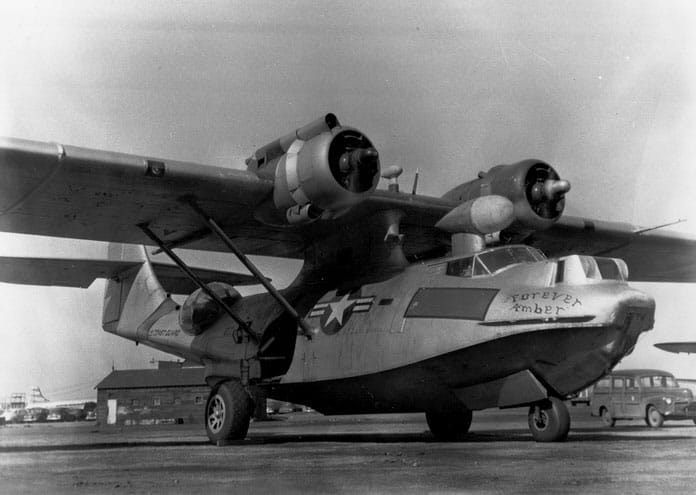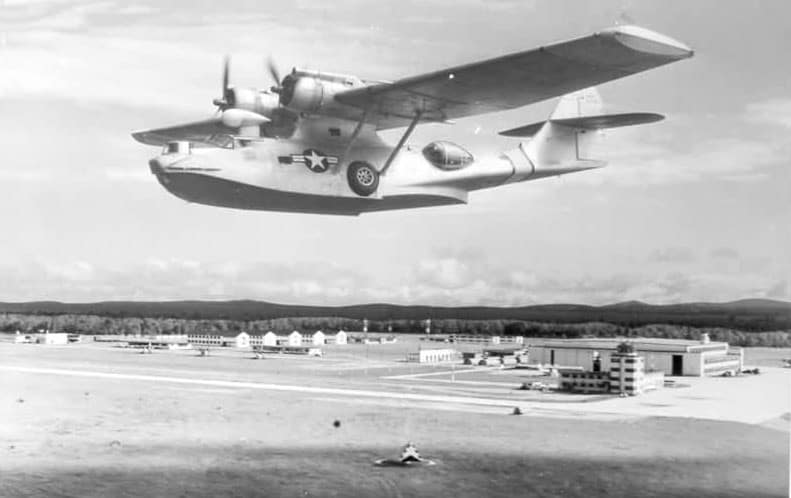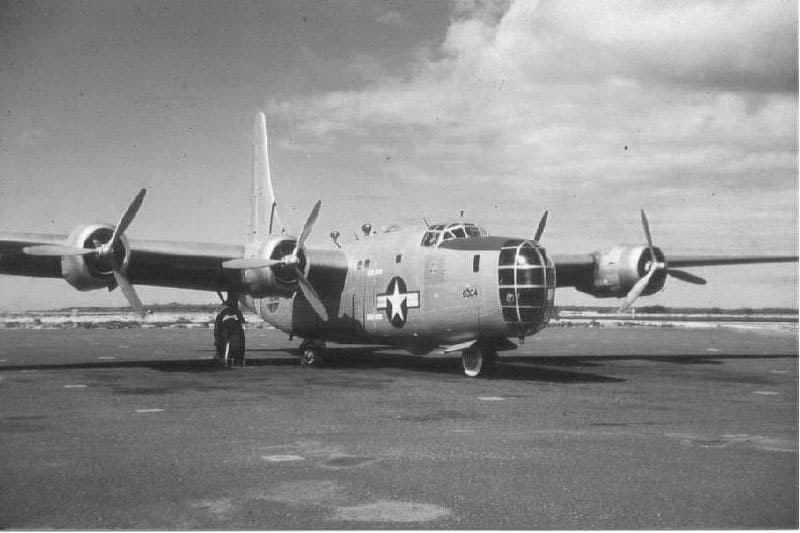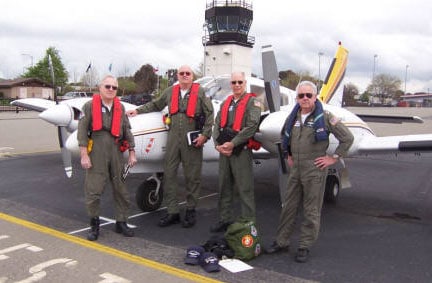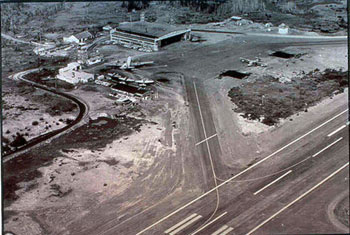1946: International Ice Patrol – Aerial Surveillance Becomes Primary
At 11:40 pm April 14, 1912, four days after departing Southhampton, England, the RMS Titanic collided with an iceberg 400 miles south of Newfoundland, with the loss of over 1500 people. This disaster was the impetus for the establishment of the International Ice Patrol. Media coverage created an awareness of an icebergs potential for tragedy … Read more


